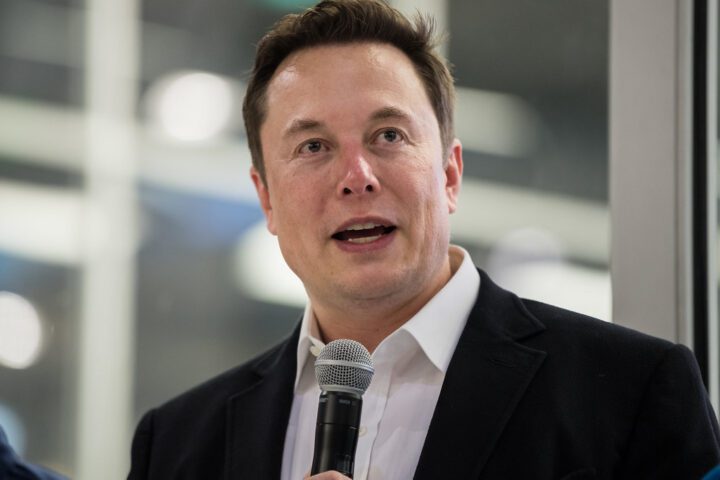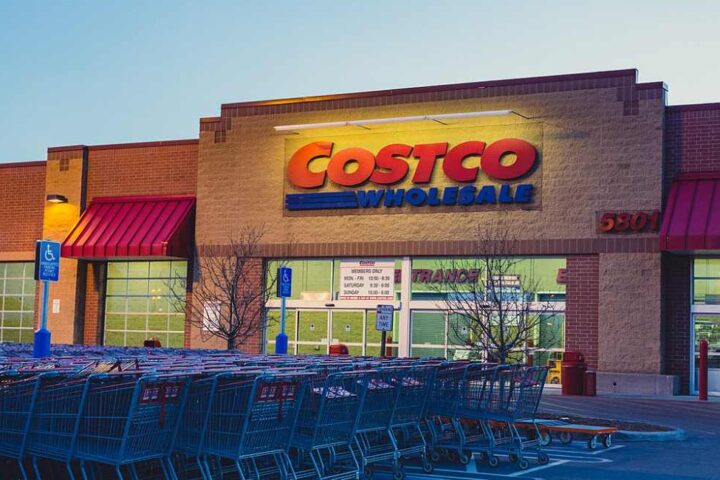The U.S. labor market showed unexpected trends in September, with 254,000 jobs added to the economy, surpassing the predictions of 150,000 jobs made by economists. These additions marked the largest monthly increase since March, according to the Labor Department’s Friday report. The unemployment rate dipped to 4.1%, reinforcing the economy’s resilience.
Several sectors contributed to this employment boom:
- Bars and restaurants saw significant hiring.
- Construction industry added jobs
- Government, education, and healthcare sectors expanded their workforce.
However, some areas experienced modest declines:
- Manufacturing faced slight job losses.
- Transportation and warehousing sectors saw minor reductions.
- Temporary help services trimmed their workforce.
Similar Posts
Wage growth and inflation
As per reports, average hourly earnings rose by 4% year-over-year, outpacing inflation. With the consumer price index up 2.5% in August, workers are seeing real wage gains. This trend could boost consumer spending power, a key driver of economic growth.
However, reports on employment growth are complicating the Federal Reserve’s decision-making process. Bill Adams, chief economist at Comerica Bank, stated, “The U.S. economy is growing solidly in 2024 even as inflation slows to near the Fed’s target.”.
Analysts now expect the Fed to maintain its current course, likely opting for a quarter-point rate cut at its next meeting. This approach balances the need to control inflation while supporting continued economic growth.
While September’s report paints a rosy picture, October’s data may be less clear-cut due to
- A major dockworkers’ strike (recently resolved)
- Ongoing Boeing strike
- Potential impacts from Hurricane Helene
These factors could skew the next jobs report, making it crucial to view October’s data in context.
Political Implications and Future Outlook
With the U.S. presidential election approaching, the robust job market growth could influence voter sentiments. Vice President Kamala Harris, who trails former President Donald Trump in economic polls, may find some advantage in these positive numbers.
Despite previous recession fears, the U.S. economy has shown remarkable resilience. Adam says, “The economy is in pretty good shape.” He also observes, “After a big rate cut in September and considerable further cuts expected by early 2025, interest-rate-sensitive sectors like housing, manufacturing, auto sales, and retailing of other big-ticket consumer goods should pick up over the next year. Lower rates will fuel a recovery of job growth and likely stabilize the unemployment rate around its current level in 2025.”
The labor market’s strength, combined with cooling inflation, presents a positive scenario for sustainable economic growth. However, challenges remain, including potential wage pressures and sector-specific weaknesses.
As the economy navigates these hard waters, policymakers, businesses, and workers alike will need to stay adaptable. The coming months will be crucial in determining whether this job market strength translates into long-term, sustainable economic health.


















